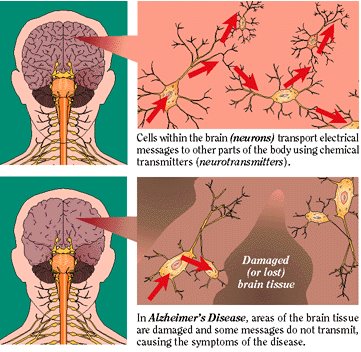 A new imaging technique could make it possible for doctors to detect Alzheimer's disease in the brain before extensive damage has taken place, researchers report.
A new imaging technique could make it possible for doctors to detect Alzheimer's disease in the brain before extensive damage has taken place, researchers report.A study in the Dec. 21 issue of the New England Journal of Medicine details the use of a new imaging molecule dubbed FDDNP that literally stains the diseased brain tissue so it shows up on PET scans. Scientists from the University of California, Los Angeles, were then able to distinguish people with normal brains from those with mild cognitive impairment and those with Alzheimer's disease.
"I think this approach offers considerable promise for a brain test that might be used to detect who would benefit from future treatments," said study author Dr. Gary Small, director of the Center on Aging and a professor at the SEMEL Institute for Neuroscience and Human Behavior at UCLA.
"There is hope," Small said. "We are developing a technique that may not provide a cure, but may offer the next best thing -- identifying the problem before extensive brain damage and impairment in everyday life begins. It will likely be easier to protect a healthy brain than repair one that's already been damaged."
(By Serena Gordon, HealthDay News, Dec. 20, 2006)
No comments:
Post a Comment